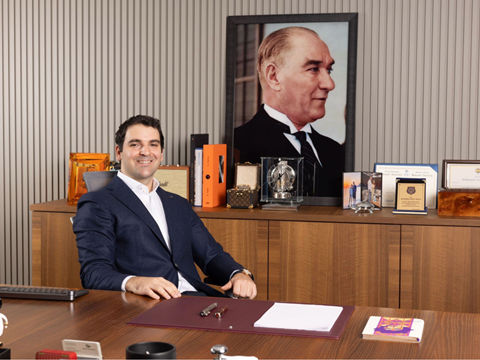
In this edition of our ‘In Conversation With…’ series, Göncay Packaging’s managing director, Levent Göncay, discusses the company’s product portfolio, its in-house production process, the costs of plastic vs. paper packaging, and more.
Tell us about the background of Göncay Packaging.
Spanning 47,000 square meters, our group operates two fully integrated manufacturing plants—one specializing in paper packaging and the other in plastic packaging. We oversee every step of production in-house, from extrusion and printing to final conversion, ensuring high standards of quality and efficiency.
Our diverse product portfolio ranges from paper bowls and takeaway boxes to plastic cups and lids. With 80% of our production exported across Europe, we supply major wholesalers, retailers, and manufacturers. Both facilities hold certifications including BRCGS PM, ISO 9001, ISO 14001, ISO 45001, FSC®, Sedex and BSCI.
What are the key advantages of maintaining in-house control over the entire production process, from extrusion to converting?
Maintaining full in-house control over the entire production process gives Göncay Packaging significant operational and strategic advantages. By managing every stage—from extrusion and printing to final converting—we can closely monitor and adjust processes in real time, ensuring consistently high quality, which is especially critical for food packaging.
This setup also provides greater flexibility and shorter lead times, allowing us to respond quickly to urgent orders, custom specifications, or last-minute changes without depending on external suppliers.
Vertical integration enhances cost efficiency by lowering raw material expenses, as we eliminate the need for outsourced coating, printing, or other intermediate processes. This approach enables us to maintain competitive pricing while retaining flexibility for smaller or customized production runs.
It also allows us to innovate and experiment with new coatings, bio-based materials more easily. Additionally, full control simplifies traceability and ensures compliance with certifications such as BRCGS, ISO, and FSC, giving our customers confidence in both quality and sustainability.
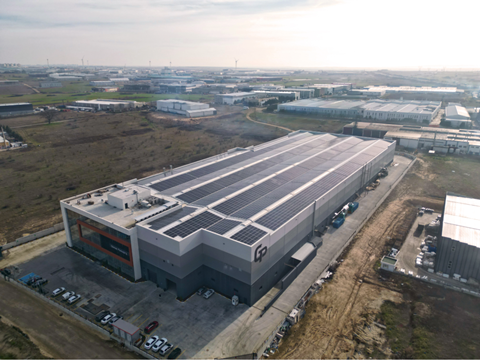
Do costs differ in the production of plastics versus paper? If so, how?
Yes, there are cost differences between producing plastic and paper packaging — but these differences depend largely on the production setup.
Plastic packaging generally has lower production costs per unit at high volumes, thanks to efficient, high-speed processes like extrusion and thermoforming.
At first glance, paper packaging can appear more expensive, especially when additional features like barrier coatings, printing or window-patching are required. The paper converting process involves more stages — such as extrusion coating, slitting, sheeting, offset printing, window patching, and final converting. However, when all of these steps are managed in-house, within an integrated production facility like ours, the cost difference becomes much less significant. As a result, we’re able to offer paper packaging at highly competitive prices.
In summary, while paper packaging involves more processing steps, a vertically integrated approach helps streamline operations and maintain cost efficiency, making it a commercially viable alternative to plastic in many applications.
How have changes in legislation – for example, the Packaging and Packaging Waste Regulation – affected your portfolio? Does it affect customer requirements?
Legislations like the Packaging and Packaging Waste Regulation (PPWR) and the EU Deforestation Regulation (EUDR) have had a strong impact on our strategy at Göncay Packaging. They’ve pushed us to introduce more and more post-consumer recycled materials into our products and to redesign our portfolio around circular and responsible sourcing principles.
Under PPWR, we’ve expanded our use of certified recycled content whether it is rPET, rPS or rPP. At the same time, EUDR has led us to strengthen our supply chain due diligence — we’ve ensured that all our paper mills provide EUDR-compliant materials, guaranteeing traceability and transparency back to the source.
These regulatory changes have also influenced our customers’ expectations. Many now require verified sustainability data and full compliance documentation. Overall, this evolving regulatory landscape has accelerated our sustainability journey and positioned us to better meet both environmental goals and market needs.
How do you see Göncay’s packaging portfolio developing in the future? Will the progress look similar or different for each material?
In the last five years, Göncay has evolved from being primarily a plastic lid producer to offering a much broader packaging portfolio — including paper bowls, takeaway boxes, clamshell containers, folded boxes, and plastic cups. Moving forward, our goal is to continue expanding our range while making every product more sustainable, recyclable, and aligned with the needs of both our customers and the environment.
Click here to see more of Göncay Packaging’s catalogue.

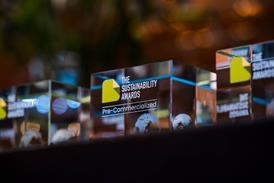
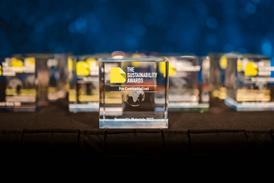
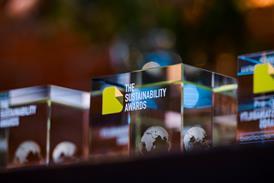
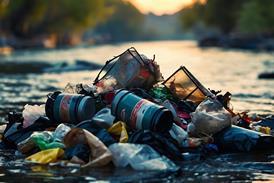
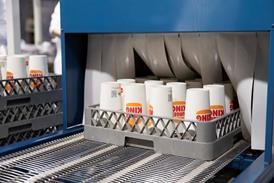












No comments yet